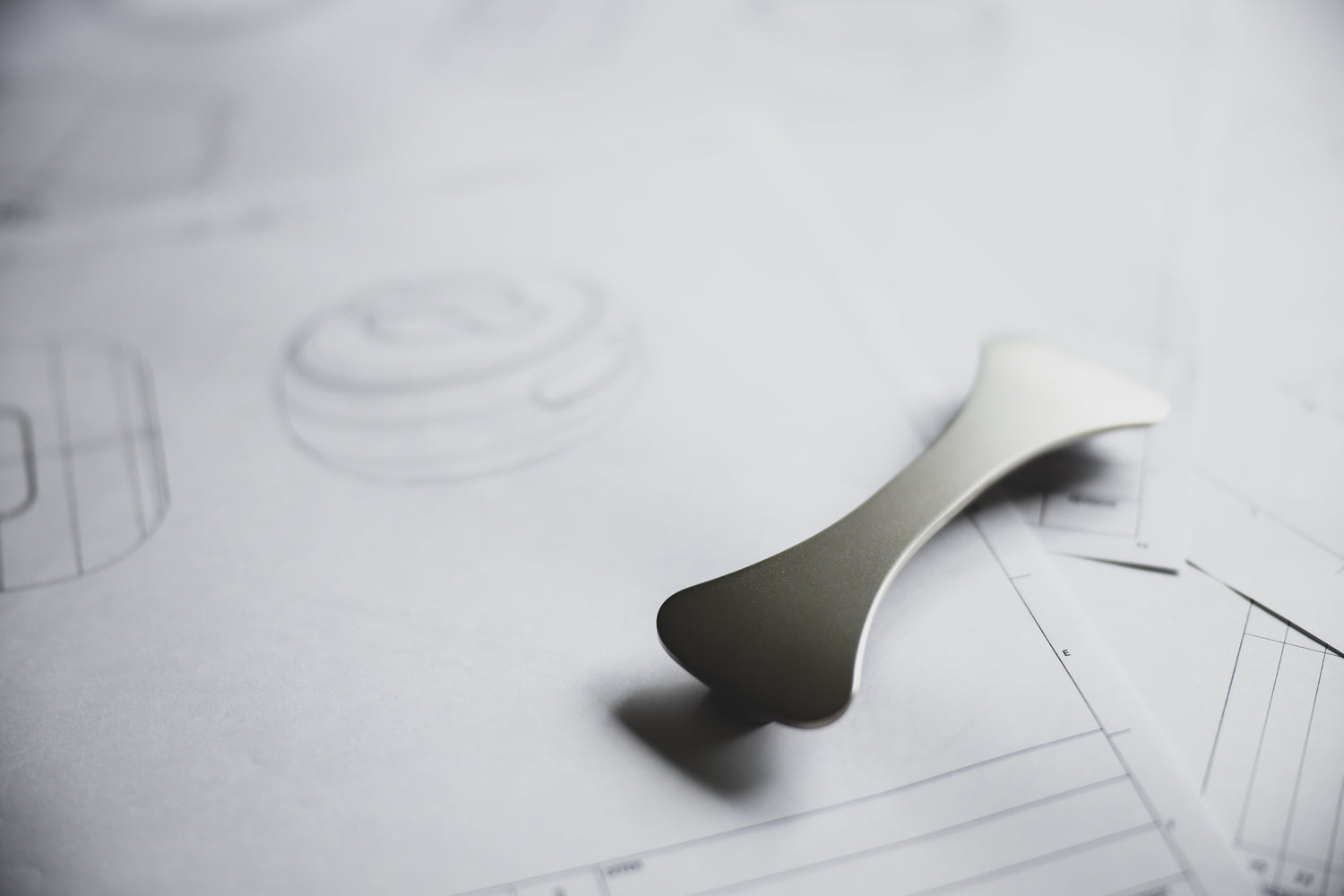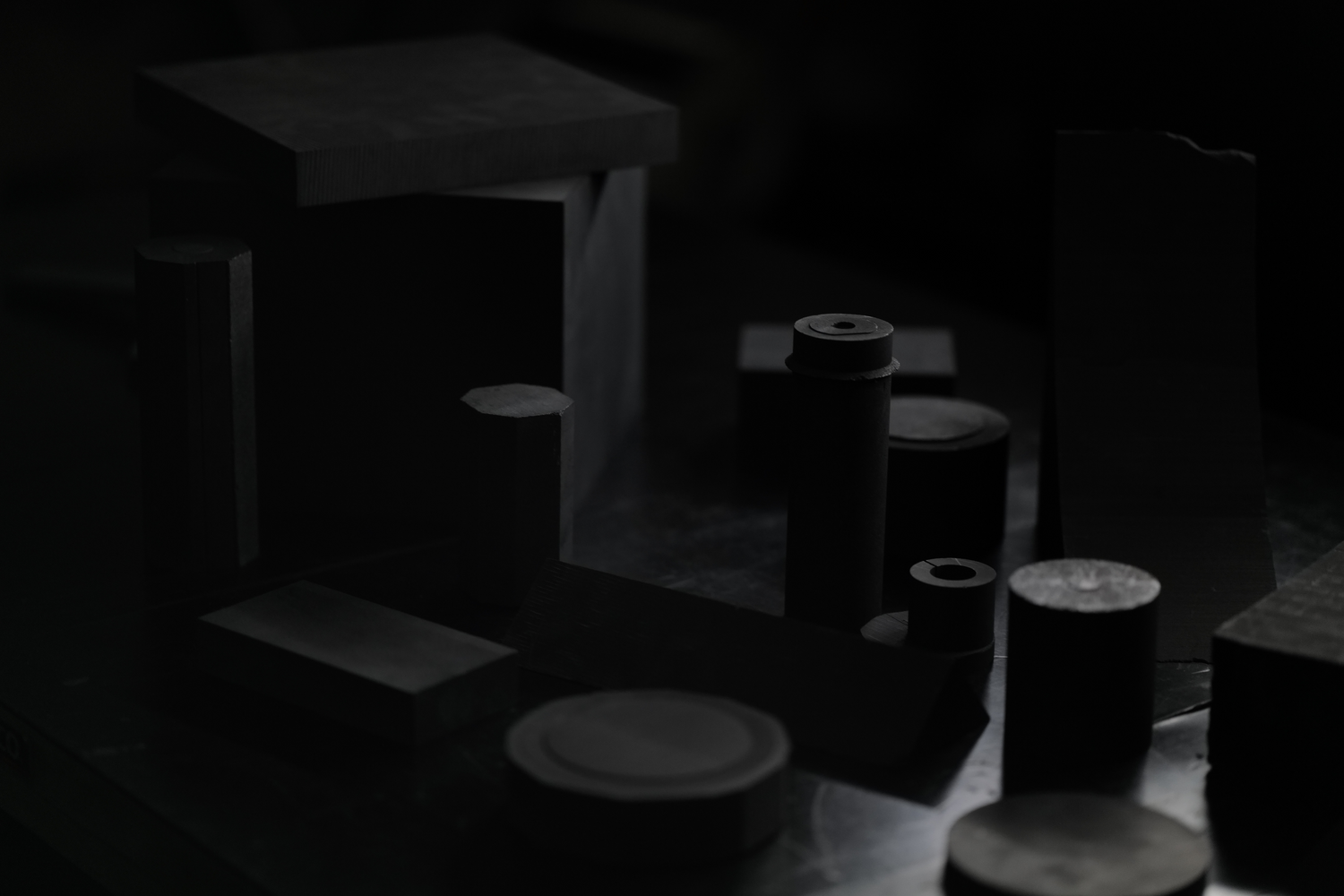The founder of ANAORI, Eiichi Anaori, takes us back to his early childhood at the age of 4 or 5. He recalls that during the winter, his father, who has since passed away, used to say, "Anything becomes delicious when cooked with carbon." While saying this, his father would use a hibachi (Japanese charcoal brazier) to grill sweet and piping hot sweet potatoes. Inside the hibachi, instead of traditional charcoal, carbon blocks were used.
Over the course of more than 20 years, Eiichi became a regular customer at a nearby izakaya (Japanese pub). The master of that izakaya was a well-known entrepreneur in the restaurant industry in the West area in Japan who, during the day, sold roasted sweet potatoes from a light truck and managed several izakayas at night. During that time, the economy was in the midst of a recession, and our company was also greatly affected, experiencing a sharp decline in orders. The question arose: could we develop a good product to overcome this situation?
One day, Eiichi heard about roasted sweet potatoes from the izakaya's master. He suggested, "Cooking with carbon might result in a more delicious outcome due to the far-infrared effect compared to cooking with stones!" Excited about the idea, Eiichi proposed, "Let's give it a try!" The master agreed, and a makeshift carbon sweet potato roaster was prototyped and promptly taken to the izakaya.
A few days later, after roasting various types of sweet potatoes, all of which turned out wonderfully delicious, the report came back: "This could work!" With this vote of confidence, the conversation turned to the possibility of using the far-infrared effect to cook delicious rice. The next development project was a pot for cooking 1 cup of rice, adopting the popular shape of the izakaya's pot.
We borrowed an aluminum pot that had been in use and created a prototype, taking into consideration the unique characteristics of carbon, such as its susceptibility to cracking and chipping. After completion, the carbon pot underwent numerous rice-cooking tests. As anticipated, we received feedback stating, "There is a flavor in the rice that I have never experienced before!" Eiichi also had the opportunity to taste it himself.
The rice was truly delicious, beyond surprise and indescribable in words. The luster of the rice, the sweetness—it was a taste completely different from rice cooked in an electric rice cooker, as reported.
Naturally, the carbon pot was adopted and introduced to the world as a product. A few months later, the manager of a famous yakiniku (Japanese barbecue) restaurant in Kyoto and the northern suburbs, who was also a friend, received feedback from a customer: "Your place serves incredibly delicious meat, but the rice is just ordinary." The manager approached Eiichi for advice on possible improvements.
Without hesitation, Eiichi recommended an izakaya that had adopted the carbon pot and suggested they go there together to experience it. The manager at the yakiniku restaurant was amazed and couldn't contain his excitement, exclaiming, "This is delicious!" The decision to adopt the carbon pots was made immediately, and dozens of the 2-cup hagama pot types were delivered to this restaurant. Unexpectedly, these pots were later adopted by a certain high-end rice cooker from an electronics manufacturer, becoming a hit product.
Several years later, our company received a phone call from a certain electronics manufacturer inquiring, "Can your company make a carbon pot?" Our sales representative responded immediately with, "Yes, we can!" The development manager from the electronics manufacturer promptly visited our company for a meeting.
After the meeting concluded in the late afternoon, the development manager was taken to a yakiniku restaurant in Takatsuki City in Osaka for an actual tasting. At this restaurant, they sold freshly cooked 2-cup rice under the name "Freshly cooked rice" for 1,000 yen. The wait was approximately one hour. The restaurant manager personally brought out this delicious rice cooked in the carbon pot. When they opened the lid of the hagama pot, they revealed a beautiful crab-eye pattern and glossy, shiny rice. The development manager took numerous photos before indulging and, after finishing the meal, excitedly expressed, "This is it! I want to make a rice cooker using this!" conveying his enthusiasm to us.
After a period of two and a half years, a world-first electric rice cooker with a carbon inner pot was released by a certain electronics manufacturer. This product, made from a material called carbon graphite, represents one of the first cases of mass production not only in the industrial sector but also as a general consumer product. Throughout the development period, various tests were conducted in many areas, including material selection for the pot, the amount of far-infrared radiation, and safety as a cooking tool. Our company has accumulated data as a carbon product manufacturer.
To date, we have developed dozens of cooking utensils made from carbon graphite. Additionally, at our company's recreation facility, there are various items such as a pizza oven, a smoking pot, a Dutch oven, and an outdoor carbon bath, where carbon graphite is laid in the bathtub to create an open-air carbon bath. The carbon bath provides a wonderful experience, warming the body from its core and allowing participants to feel the highly effective far-infrared radiation. At this recreation facility, we continue to use the genuine effects of carbon graphite for employees, their families, and business partners to experience firsthand and gather feedback.
Among them, the most requested product is the versatile cooking utensil, the Carbon Pot. It enables a wide range of cooking methods such as boiling, simmering, grilling, steaming, and thawing, and is compatible with various heat sources including direct flame, induction cooktops, and ovens. We consistently strive to maximize the benefits of carbon graphite, aiming to create a product with a broad range as a carbon cooking utensil. This led us to develop and market ANAORI kakugama as the high-end line of Carbon Pots, and it continues to be well-received to this day.
We believe that our mission and duty as a carbon product manufacturer are to discover and advance the possibilities of carbon graphite.
ANAORI Carbon products represent a culmination of over 60 years of our experience.






